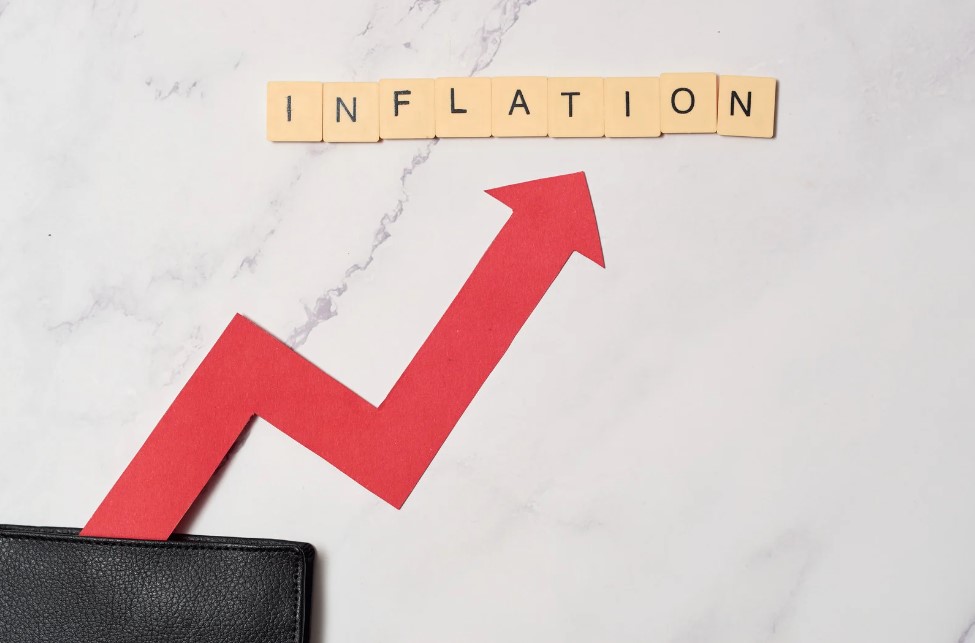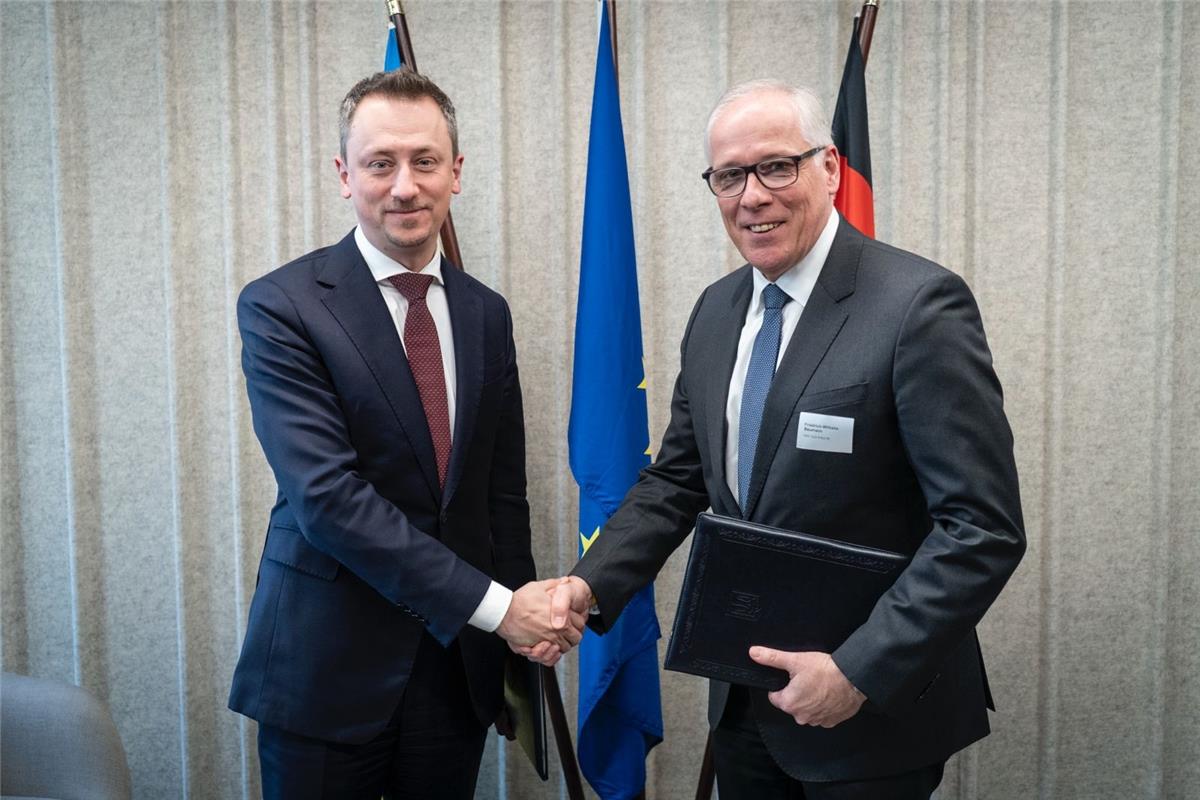Inflation in Ukraine is expected to accelerate to 7.8% in 2024, up from the previously forecasted 6.4%. Economic growth is projected to be 4%, slightly down from the 4.1% predicted in April. The likelihood of limited monetary financing of the budget deficit has also increased, according to updates to the macroeconomic forecast by the investment group ICU.
“Annual inflation began to accelerate predictably from May, slightly exceeding our expectations. We forecast that by the end of the year, inflation will be in the range of 7-8%. It is likely to continue accelerating in the first quarter of 2025 but will remain in the single digits,” commented Vitaliy Vavrishchuk, Head of ICU’s Macroeconomic Research Department.
According to the group's estimates, inflation in 2025 is expected to be around 8%.
ICU analysts believe that the National Bank of Ukraine (NBU) had room for a more significant reduction in the key interest rate in the first half of 2024. However, given the current acceleration of inflation and the period of sharp fluctuations in the foreign exchange market, a pause in rate cuts is now inevitable.
“Easing monetary policy in the coming months seems unlikely,” the report emphasizes.
While ICU's April forecast predicted a reduction in the key rate to 11.5%, the current expectation is for it to remain at 13% and decrease to 11.0% annually only next year.
The group notes that in the second half of 2024, it expects economic growth to slow down due to issues with electricity supply, a labor shortage, and a decline in crop yields.
“Nevertheless, we expect the economic growth rate for the year to be around 4.0%. The key drivers of growth are private domestic consumption and the recovery of exports through the operation of the maritime transport corridor,” Vavrishchuk explains. He believes that the role of government consumption in supporting economic growth will be positive but less significant than in 2023.
In 2025, ICU forecasts GDP growth to remain at the same level – 4%. In the updated forecast, the nominal GDP estimate for this year has been lowered to $188 billion from $190 billion, with next year’s estimate at $195 billion.
Overall, despite the increase in macro risks in recent months, ICU considers them manageable. The group believes that significant inflows of international financial assistance provide a sufficient level of comfort for the foreign exchange market and necessary funding for the state budget.
“External political risks associated with the potential rise to power of less friendly governments in partner countries could largely be mitigated by the $50 billion financial assistance package currently being negotiated by the G7 countries,” Vavrishchuk argues.
Expected disruptions in electricity supply in the fall and winter are the second most significant source of risks to the economy, while the primary risk remains the complex security situation, the forecast notes.
Vavrishchuk emphasizes that the situation with external accounts has remained practically unchanged over the past two and a half years: a high trade deficit persists alongside the outflow of private capital. At the same time, he notes, these capital outflows are fully offset by international financial assistance, and this situation is expected to continue in the foreseeable future.
The group has improved its current account deficit forecast from 7.8% of GDP in April to 5.6% of GDP in the current forecast but expects it to increase to 9.5% of GDP next year.
“External financial aid inflows in the second half of the year will be at least 60% higher than in the first half. If all the planned assistance arrives on time, the NBU’s reserves could exceed $43 billion by the end of 2024, which would be higher than at the end of 2023. This level would be comfortable and allow the NBU to maintain full control over the foreign exchange market,” the document states.
According to the forecast, Ukraine's international reserves are projected to be $43.7 billion, down from $44.7 billion in April, with a further decline to $37.5 billion expected in 2025.
Vavrishchuk notes that the foreign exchange market continues to operate with a significant deficit, which has noticeably increased in recent months.
“The NBU’s exchange rate smoothing mechanism doesn’t always work perfectly, so there are occasional periods of moderate turbulence in the market. However, fundamentally, the NBU is moving in the right direction, gradually weakening the hryvnia,” he explained.
ICU has downgraded its year-end exchange rate forecast by 30 kopecks from the previous forecast to 42.6 UAH/$1.
The main challenge in the second half of the year will be financing the state budget deficit, as defense spending could exceed the current plan by almost 500 billion UAH, the analyst notes.
He believes that a significant portion of this spending will be covered by additional tax revenues, but more than 200 billion UAH will need to be raised in the domestic debt market.
“Therefore, in our opinion, the likelihood of a limited monetary financing scenario for the budget deficit at the end of the year is gradually increasing,” Vavrishchuk concluded.




















